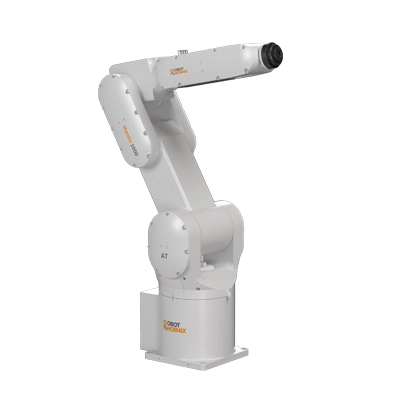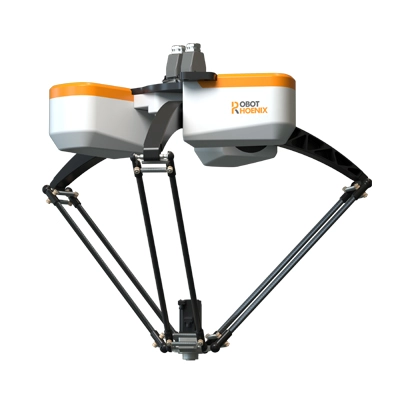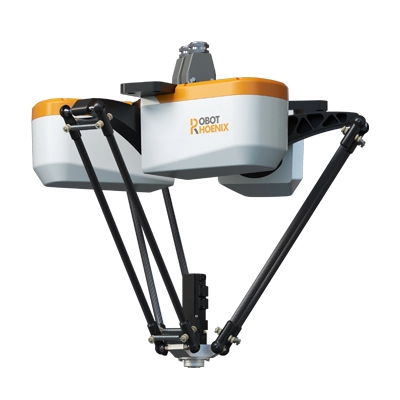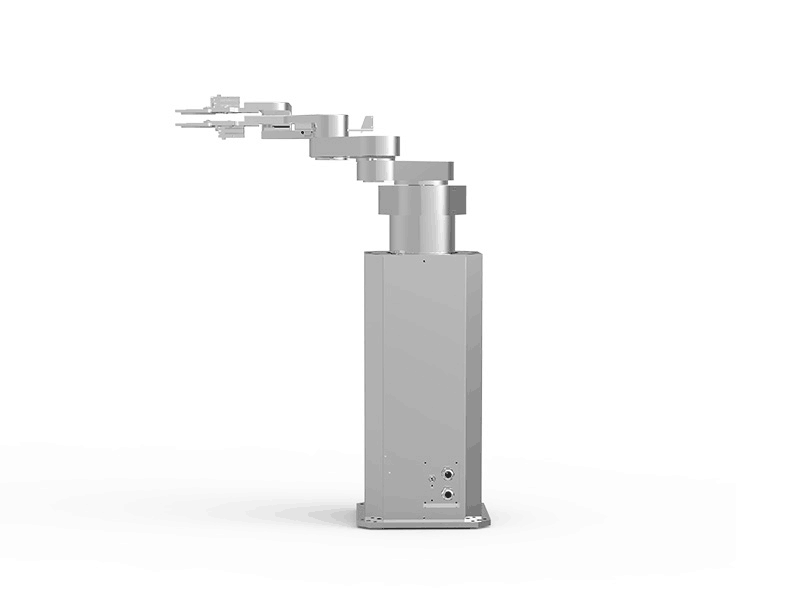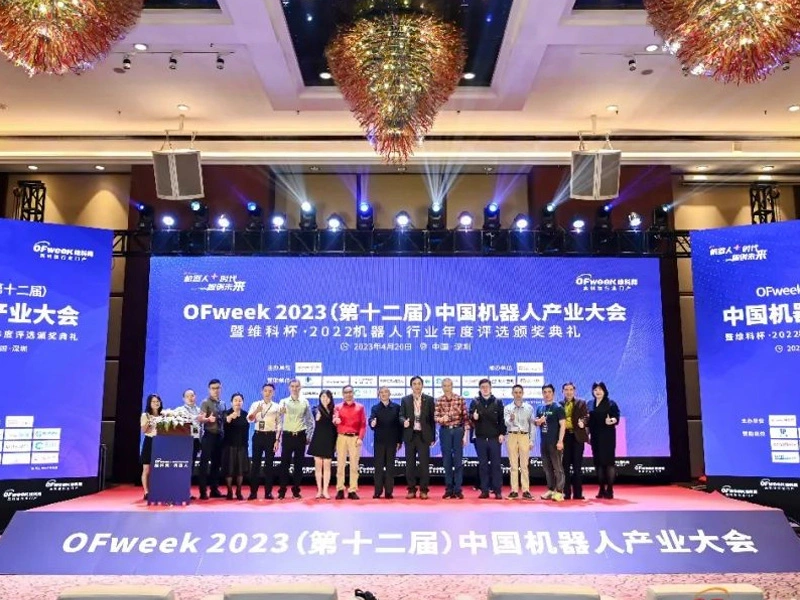Introduction
The semiconductor industry has witnessed exponential growth over the past few decades, and with it, the demand for wafer handling robots has surged. These robots play a pivotal role in automating the transfer of delicate silicon wafers throughout the semiconductor manufacturing process, ensuring efficiency, precision, and reduced risk of contamination. In this blog, we will delve into the flourishing wafer handling robots market, exploring the factors driving its growth and the impact it has on the semiconductor industry. We will examine this topic from three key aspects: technological advancements, market drivers, and future prospects.
Technological Advancements in Wafer Handling Robots
The wafer handling robot of today have come a long way from their predecessors. Advanced sensor technologies, such as machine vision and 3D mapping, allow these robots to precisely detect and pick up wafers, even in complex manufacturing environments. The integration of Artificial Intelligence (AI) and Machine Learning (ML) algorithms enables the robots to adapt to changing conditions and optimize their movements, resulting in reduced handling errors and enhanced safety for both the wafers and the workforce.
Collaborative robots, commonly known as cobots, have become increasingly prevalent in the semiconductor industry due to their ability to work alongside human operators safely. In the context of wafer handling, cobots assist workers in loading and unloading wafers, allowing for a seamless collaboration between humans and machines. This integration not only improves production efficiency but also reduces the physical strain on human operators.
The rise of Industry 4.0 and the Internet of Things (IoT) has had a profound impact on wafer handling robots. The robotic machinery is now equipped with IoT-enabled sensors that collect real-time data, providing valuable insights into the manufacturing process. This data-driven approach enables predictive maintenance, optimizing robot performance and reducing downtime. As a result, wafer handling robots have become a critical component in the smart factory ecosystem.
Market Drivers of Wafer Handling Robots
The semiconductor industry continues to grow at an unprecedented rate, driven by technological advancements and an increasing demand for electronic devices. Smartphones, tablets, wearables, and emerging technologies like AI and 5G are fueling the demand for high-performance semiconductor chips. As semiconductor manufacturers strive to meet this rising demand, the need for automated solutions like semiconductor wafer handling robots becomes evident.
Wafer handling automation has become a primary focus for semiconductor manufacturers looking to improve production efficiency and reduce operational costs. By employing wafer handling robots, the robot manufacturer can significantly minimize the risk of human error and contamination during the delicate wafer transfer process. Automated wafer handling not only enhances the overall product quality but also streamlines the production workflow, leading to cost optimization.
The relentless pursuit of smaller and more powerful electronic devices has led to the miniaturization and increased complexity of semiconductor components. As the dimensions of silicon wafers shrink, the handling process becomes more challenging. Wafer handling robots, with their precision and dexterity, offer a solution to this growing challenge, ensuring safe and efficient handling of wafers at any scale.
Future Prospects of the Wafer Handling Robots Market
The future of wafer handling robots looks promising, with continuous advancements in robotics and AI. As robotic technologies evolve, we can expect even more sophisticated robots capable of handling wafers with unmatched precision and speed. AI-powered algorithms will further improve their decision-making capabilities, enabling them to adapt to ever-changing manufacturing requirements.
The integration of IoT and edge computing in semiconductor manufacturing will open up new opportunities for wafer handling robots. Real-time data analytics and edge-based decision-making will enhance the efficiency of these robots, leading to better resource allocation and optimized production processes.
As emerging markets continue to invest in semiconductor manufacturing, the demand for wafer handling robots is likely to soar. Countries in Southeast Asia, South America, and Africa are becoming significant players in the semiconductor industry, attracting investments from global semiconductor giants. The adoption of advanced automation technologies, including wafer handling robots, will be crucial to their success in this competitive landscape.
Conclusion
The wafer handling robots market is witnessing rapid growth, driven by technological advancements, the expansion of the semiconductor industry, and the need for efficient manufacturing processes. These robots have evolved to meet the demands of miniaturization, complexity, and precision in semiconductor device production. As the industry progresses, we can expect even more sophisticated robots equipped with AI, IoT integration, and advanced sensor technologies. Wafer handling robots will continue to play a crucial role in transforming semiconductor manufacturing, enabling the production of cutting-edge electronic devices that power our increasingly interconnected world.
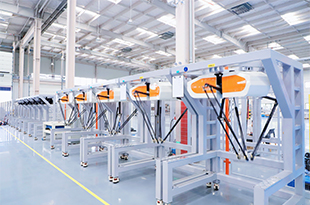 Learn More
Learn More 
 EN
EN  ja
ja  ko
ko  fr
fr  de
de  es
es  ru
ru  pt
pt  ar
ar  vi
vi  ur
ur 